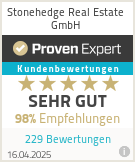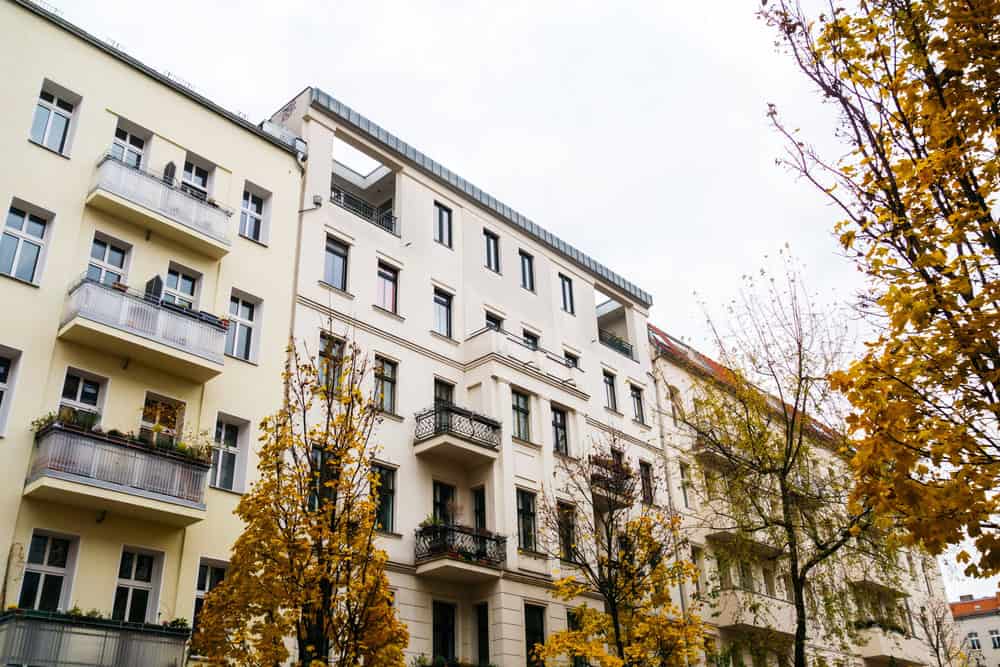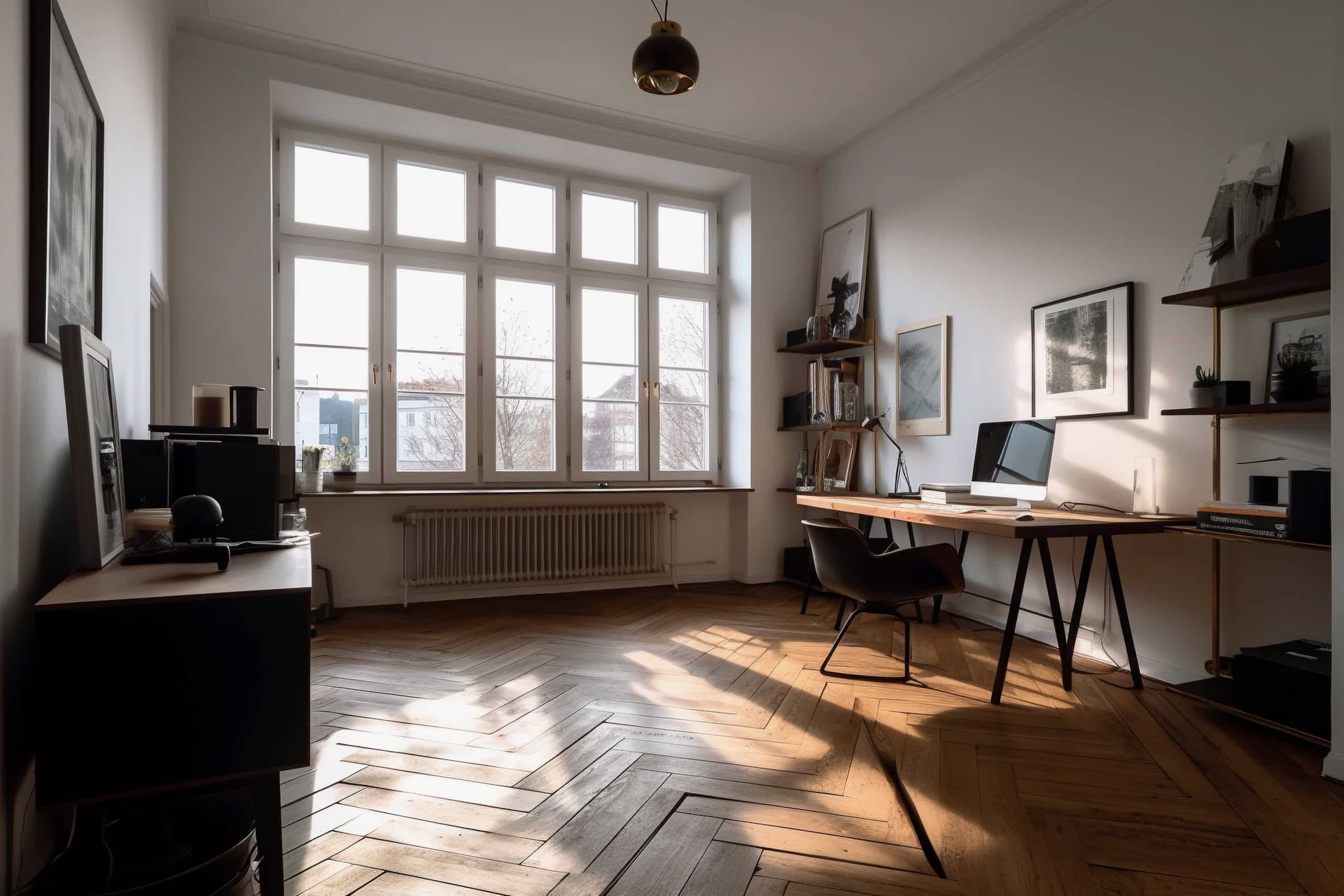Berlin-Lichtenberg is a district in the north-east of Berlin, which until a few years ago was considered an average working-class neighborhood. During the GDR era, numerous prefabricated housing estates were built in the district. New housing estates were built, interspersed with old buildings from the Wilhelminian era. The German capital has experienced a real estate boom in recent years, which has also left its mark on the district of Lichtenberg. Apartments in apartment buildings from the 1920s and 1930s are being extensively renovated. Space is also being created for new living space.
If you want to find out how the real estate market in Berlin-Lichtenberg has developed and how high the average rental prices and purchase prices for apartments or houses are in this district, then you should definitely read our first part of the article series Berlin-Lichtenberg read. In the article you will also find out what makes the districts of the borough so special.
In this article, we look at the infrastructure of the Berlin-Lichtenberg district. How is Lichtenberg made up from a demographic point of view, are there enough educational facilities and what cultural activities can be enjoyed in the district of Lichtenberg? These are some of the questions we address in this article.
Interesting facts about Berlin-Lichtenberg
What is now the district of Berlin-Lichtenberg has been made up of several villages over the centuries. In some parts of the district, the original village center has been preserved. Here, residents and tourists alike come across ancient village churches, clay cottages and farm workers’ houses that are reminiscent of times long past. Today’s Lichtenberg was first mentioned in documents at the end of the 13th century. The church, which stood on today’s Loeperplatz, was also built around this time. A century later, the villages were bought up by the city of Berlin, transforming them into “Kämmereidörfer”. The massive manor houses, some of which are still recognizable today, were built in the middle of the 19th century. They were joined by farm buildings and large residential houses.
Today, Lichtenberg is a district of contrasts. Residential buildings, new buildings, prefabricated buildings and old villas stand side by side and characterize the cityscape of Lichtenberg. Spacious parks and green spaces are dotted between the housing estates. The district is known for its zoo, its nature reserves and its general connection to nature. Young families in particular are drawn here because their children can grow up within Berlin and still enjoy the wide range of playgrounds, parks and allotments. Lichtenberg has a quiet atmosphere. The center of Berlin is within easy reach, yet there is a certain small-town flair.
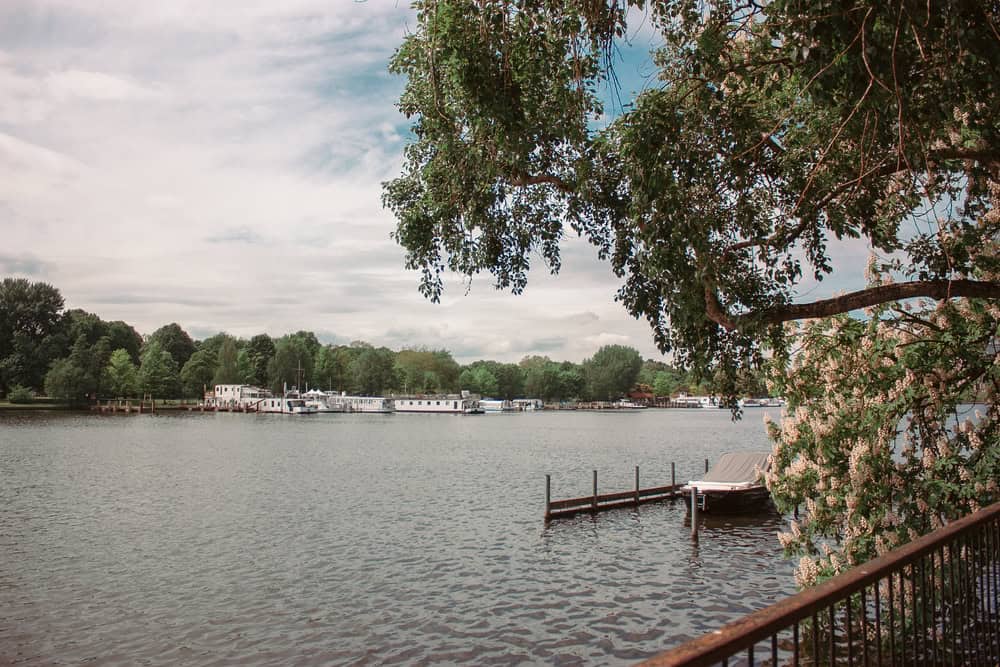
The infrastructure in Berlin-Lichtenberg
The district of Lichtenberg is located in the north-east of the German capital. It borders Brandenburg to the north, the district of Marzahn-Hellersdorf to the east, Treptow-Köpenick to the southwest and Friedrichshain-Kreuzberg and Pankow to the west.
In this part of the article, you can find out the demographic composition of Berlin-Lichtenberg, the district’s transport connections, the number of educational institutions and the quality of medical care:
The demographic situation
Lichtenberg covers a total of 52.1 square kilometers. The district has just over 300,000 inhabitants, with the proportion of people from other countries and cultures amounting to 22.6 percent. (Status end of 2022) The population is made up of 50.25 percent women and 49.75 percent men. The age distribution of the resident groups is as follows
This shows that mainly young families with children and pensioners live in the district of Lichtenberg. Life in this Berlin district is characterized by tranquillity and nature. On average, households have 1.9 people.
Schools, kindergartens and playgrounds
The children of Lichtenberg’s residents attend a total of 59 kindergartens and daycare centers. Four of them are church-run and 14 kindergartens belong to the district’s own organization. The district has been recognized as particularly family-friendly.
The children are distributed across 31 elementary school as soon as they reach school age.
In the Berlin-Lichtenberg district, there are five grammar schools and eleven state, integrated secondary schools in the 2021-2022 school year. These include the Paul-Schmidt-Schule in Alt-Hohenschönhausen, the Mildred-Harnack-Schule in Lichtenberg, the Vincent-van-Gogh-Schule in Neu-Hohenschönhausen and the Alexander-Puschkin-Schule in Friedrichsfelde.
Immanuel-Kant-Gymnasium is the oldest school in the district. It was founded in 1904 in the Rummelsberg district. Other grammar schools are the Johann-Gottfried-Herder-Gymnasium in Fennpfuhl and the Hans-und-Gilde-Coppi-Gymnasium in Karlshorst.
Children spend their free time in the nature reserves, parks and zoos. There are also more than 30 playgrounds in Lichtenberg.
Transport links
Lichtenberg is located in the north-east of the German capital. The district borders directly on Brandenburg in the north and is generally very close to nature reserves and huge parks. Some might assume that this affects the district’s transport links. However, this is not the case. Lichtenberg is very easy to reach both by public transport and by private vehicle. The district has the largest streetcar network in Berlin. There are also several bus lines that provide transportation within the district. From the city center, you can take the S3, S41, S42, S5, S7, S75, S8 or S85. You can also take the U5. The regional train station Lichtenberg and the regional train station Hohenschönhausen are the shortest ways to get to other parts of the country and leave the capital.
If you are traveling with your own vehicle, you can use the district’s main roads. These include Landsberger Allee, Hauptstraße / Köpenicker Chaussee, Frankfurter Allee / Alt-Friedrichsfelde and Am Tierpark / Treskowallee.
Lichtenberg’s residents also appreciate the numerous cycle paths, some of which lead directly into Brandenburg’s nature reserves, which are a popular destination for excursions.
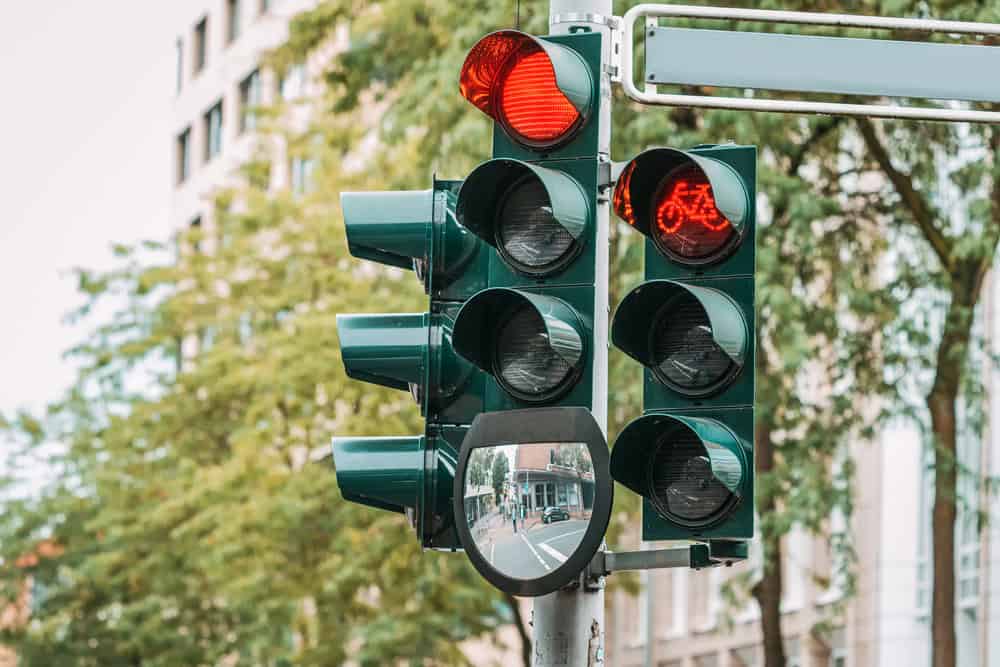
The parking situation in Berlin Lichtenberg
The parking situation in Lichtenberg is quite tight overall. The district borders on Friedrichshain and is therefore quite centrally located. Many people park in Lichtenberg and use public transport from there to get to the city center. Although residents appreciate the good location of their district, they often have to fight for a good parking space. The city of Berlin does not operate a parking space management system in Lichtenberg. This means that residents do not have priority when it comes to finding a parking space. At the same time, the district is characterized by villas and detached houses, which often have a private parking space. People who live in prefabricated buildings or apartment blocks sometimes do not have this luxury.
Party shares
Voter turnout in the 2021 election for the district council in Lichtenberg was 68.6 percent. The following election results were achieved:
- Left: 24.8 percent
- SPD: 19.6 percent
- CDU: 13.2 percent
- Greens: 13 percent
- AfD: 12 percent
- FDP: 5.5 percent
- Other: 11.9 percent
Lichtenberg is one of the districts that enter into town twinning partnerships in order to contribute to international understanding and peaceful coexistence between people. The seven partnerships are maintained in six different countries. The oldest partnership has existed since 1995, the newest was added in 2015.
The district of Lichtenberg has established a relationship with the following cities:
- Kamubukwana district in Maputo, Mozambique
- Białołęka district in Warsaw, Poland
- Kaliningrad in Russia
- Hajnowka in Poland
- Jurbarkas in Lithuania
- Margareten district in Vienna, Austria
- Hoan Kiem district in Hanoi, Vietnam
Hospitals and clinics
There are a total of five hospitals in Lichtenberg. These include the Sana clinics, which have several locations, the Königin Elisabeth Herzberge Protestant hospital and the day clinic at Landschaftspark. There is also the polyclinic at the HELIOS Klinikum Buch in Rummelsburger Straße.
In addition to the large clinics, numerous doctors and alternative practitioners have their own practices in Lichtenberg. There is a chronic shortage of doctors throughout Berlin. The district of Lichtenberg is generally well geared towards families, so that numerous pediatric practices have also set up shop here.
Art, culture and gastronomy in Berlin-Lichtenberg
Lichtenberg is a district where people live and spend a lot of their free time. Even though Lichtenberg consists largely of housing estates and prefabricated buildings, culture, art and gastronomy are not neglected.
Where the center of the Ministry for State Security was located during the GDR era, there is now a memorial and research site. Here you can find out about the data and the political system of that time. The Lichtenberg Theater is located in the Lichtenberg City Park. It shows performances for children from the age of four and is visited by school classes from all over Berlin. The Lichtenberg City Garden is a wonderful community project. The members plant the garden on a voluntary basis. This gem in the middle of the Lichtenberg district is just as popular with visitors as it is with residents.
If you are looking for special architectural features, you will find them at the town hall. The building, which is now a listed building, was built in the neo-Gothic style at the end of the 19th century.
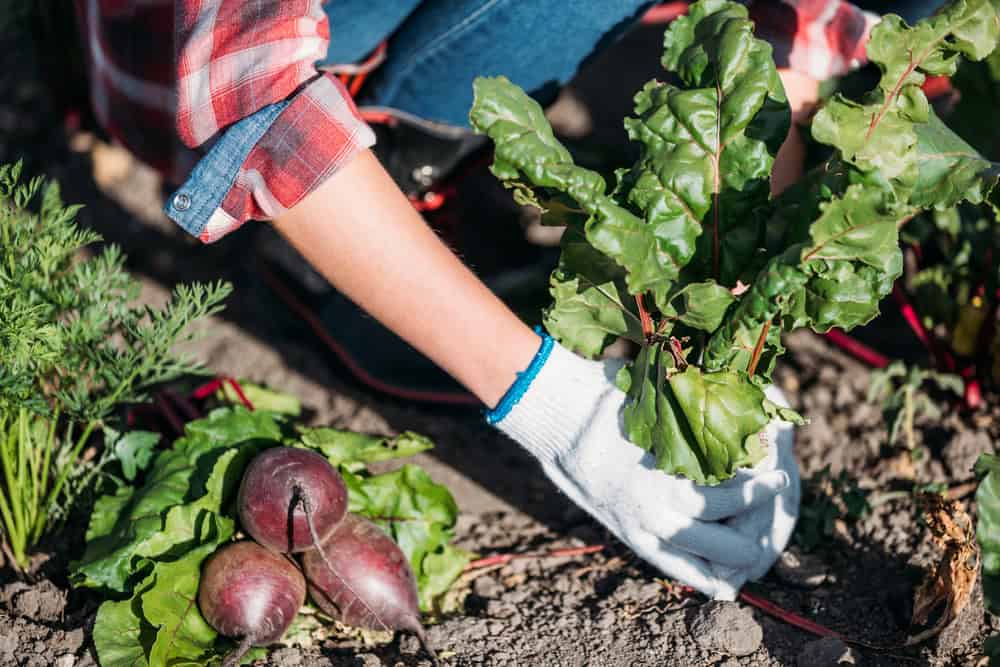
Selected cultural venues
The extent of the cultural offerings in Lichtenberg surprises even residents every time. The district has museums, galleries, libraries, music schools and memorials that attract international attention. There are also numerous works of art in public spaces that are freely accessible to everyone. The independent cultural scene is on the rise.
Theater
The Junge Staatstheater an der Parkaue has set itself the task of showing children, young adults and families how exciting and varied theater can be. Theater Strahl and Das Weite Theater für Puppen und Menschen are also located in Berlin’s Lichtenberg district.
Galleries and exhibition venues
Both contemporary and classical works of art are exhibited in Lichtenberg. The district wants to encourage its residents to perceive art from a new perspective. The public exhibition venues and galleries include the contemporary art gallery in the Ratskeller, the Mies van der Rohe Haus, Galerie 100 und Kunstverleih and the Studio im HOCHHAUS.
Museums
In contemporary history, the district of Lichtenberg has more than once been at the center of outstanding events. In the district’s museums and memorials, recent regional and contemporary history is dealt with in a critical but lively manner. The main focus is on the revolution of 1919 and the unconditional surrender of the Wehrmacht in 1945, as well as the events of the GDR era.
The district’s most important museums include the Lichtenberg Museum, the Kesselhaus Museum, the German-Russian Museum, Friedrichsfelde Palace and the Berlin-Brandenburg Model Park. The central memorials are the Berlin-Hohenschönhausen Memorial, the Normannenstraße Research and Memorial and the Socialist Memorial at the Friedrichsfelde Central Cemetery.
Parties and clubs in Lichtenberg
Modernity and tradition meet in Lichtenberg. This phenomenon can also be observed in music. There are clubs that mainly play electro, but also 80s-style discotheques and dance classics.
The most popular clubs in Lichtenberg include Sisyphos in Hauptstraße, Polygon in Wiesenweg and the Void Club in Wiesenweg.
Restaurants, cafés and bars
Lichtenberg is not one of Berlin’s central districts. However, it borders directly on Friedrichshain and is fully integrated into Berlin’s culinary diversity. Residents and tourists can feast to their heart’s content here. Rummselsburger Bucht and Kaskelkiez in particular offer a wide range of culinary delights. In addition to fast food and German restaurants, there are Spanish, Indian, Italian, Asian, American and Greek restaurants.
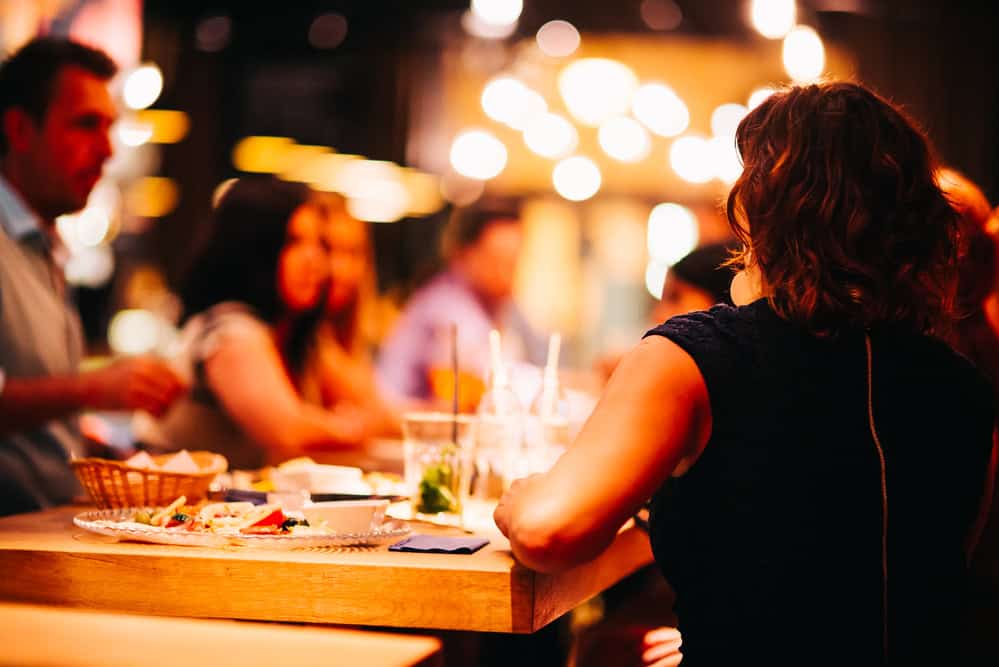
Shopping in Lichtenberg
Lichtenberg is very easy to reach by public transport, which is why Lichtenberg residents often use the shopping facilities in the center of Berlin. Nevertheless, the district of Lichtenberg also has a lot to offer. The Ring Center on Frankfurter Allee is particularly popular. Here you will find furniture chains, hairdressers, supermarkets, opticians, bank branches and fashion chains.
The Dong Xuan Center covers an area of 165,000 square meters. More than 400 entrepreneurs do business in Germany’s best-known Asian wholesaler. Here you can find goods and food from the Far East. The huge market halls are also home to nail salons, hairdressers, restaurants and massage studios. The wholesale market offers more than 2,000 people a permanent job.
In addition to the shopping opportunities already mentioned, the residents of Lichtenberg greatly appreciate their IKEA location.
Parks and green spaces in Lichtenberg
The district is located in the middle of Berlin and yet offers its residents plenty of nature. In addition to the nature reserve, which is located on the border with Brandenburg, Lichtenberg residents and visitors can enjoy the following parks and green spaces:
- Oberseepark
- Lake Oranke
- Lichtenberg City Park
- Barnim park landscape
Swimming pools in Lichtenberg
If you’re out and about in Lichtenberg, you can do some sport in one of the three swimming pools. At the Orankesee outdoor pool, you can relax in the hot summer months and cool off in the lake water. The lake has a sunbathing lawn, a sandy beach, a non-swimmers’ area, sun loungers, beach chairs, a great children’s playground and a 52-metre-long slide.
The district’s three indoor swimming pools are located in Sewanstrasse, Zingster Strasse and Anton-Saefkow-Platz.
Sights, things to do and activities in Berlin-Lichtenberg - our tips
If you are visiting the district of Lichtenberg in the east of Berlin, for example because you are thinking of buying a property in this beautiful part of the German capital, you should definitely visit the following places and sights:
Stroll through Friedrichsfelde Palace Park and Europe's largest zoo
The 160-hectare piece of land, which was once donated to naval director Benjamin Raulé, is now home to over 5,000 animals. The huge zoo is a popular excursion destination for Berlin families. However, people from the surrounding area, Potsdam and Brandenburg are also drawn to the near-natural zoo. Anyone visiting the zoo should definitely make a detour to the castle. It was built in the 18th and 19th centuries and renovated in the 1980s. The early classicist residence has been restored to its former glory following the renovation work. Among other things, visitors can admire the exhibited porcelain of the castle’s former residents.
Discover the Dong Xuan Center
With over 165,000 square meters, the Dong Xuan Center is much more than just a wholesale market. There are hairdressers and repair stores here, as well as restaurants. Anyone visiting Lichtenberg should definitely pay a visit to this historic shopping center. For Berlin’s Asian population, the center is a gathering place and a meeting point where a piece of home is lived out.
Switch off in the Herzberge Landscape Park
Although the district of Lichtenberg is located in the middle of the metropolis, it is home to extensive green spaces and parks. The Herzberge Landscape Park is a great place to enjoy nature and relax for a moment. One of Lichtenberg’s hospitals, the Evangelical Hospital Königin Elisabeth, is located in the middle of the park. It stands majestically between flowering bushes and neatly laid out paths.
The Herzberge Landscape Park is used for agriculture and is a local recreation area and nature reserve in one. For many visitors, the Pomeranian sheep grazing here with their lambs are the highlight of the park.
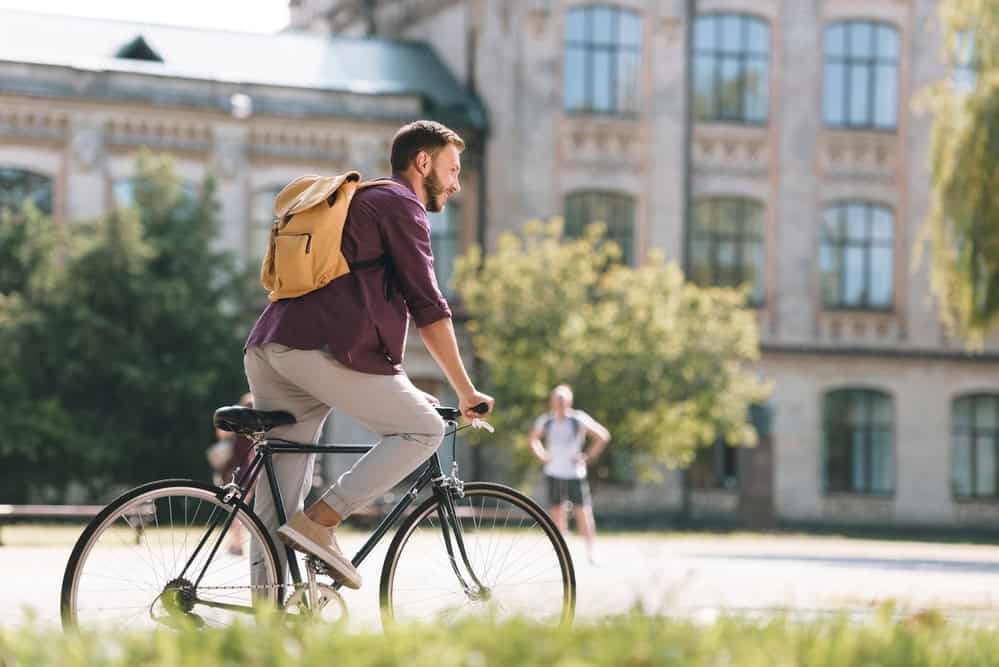
Exploring Lichtenberg by bike
If you take a day off to explore the entire district at your leisure, you should definitely do so by bike. Numerous cycle paths run through Lichtenberg. There are also many parks, green spaces and nature reserves. In Lichtenberg, you can be in the middle of the city one moment and enjoying nature the next. There are various routes that take visitors past works of art, expressive buildings and monuments. Stately manor houses can be visited in the parks, while the village centers in the individual districts entice visitors with their original charm. Lichtenberg is a district full of contrasts.
Enjoying art in the Lichtenberg city park
The Stadtpark is popular with visitors and residents alike. The park is located in the western part of Lichtenberg and covers a total of 53,000 square meters. Visitors can admire rare trees that were planted in the park at the end of the 18th century. Art objects such as the sculpture “Two Bears” or “The Girl with the Ball” are real eye-catchers.
Until the outbreak of the Second World War, the “Young Man with Fish” fountain greeted visitors at the eastern entrance to the park. When the war broke out, some gardeners hid the statue safely to prevent it from melting down. When the war ended, the statue moved to a new location. Today it can be admired in front of the Rathauspark on Stefan-Heym-Platz.
Immerse yourself in Lichtenberg's art scene
The district is considered a quiet residential area. But that doesn’t stop you from enjoying art and culture on every street corner. More and more artists are being drawn to Lichtenberg – and not just recently. The Lemke House on Obersee, designed by Ludwig Mies van der Rohe, is now home to Norderney Art. Artists and alternative living concepts feel just as at home in Lichtenberg as private collections and galleries.
If you want to see contemporary textile art, you should definitely visit the Viktoriastadt gallery. Painting, photography and installations can be admired at GISELA – Freier Kunstraum Lichtenberg or at Studio Bildende Kunst.
Conclusion
In the second part of our series on the Berlin district of Lichtenberg, you will get to know the district from a new perspective. While the first part of the series focused on real estate prices and price trends, in this article we look at the demographic composition of Lichtenberg, its history and places to visit.
If you want to find a new home in Lichtenberg, you should definitely get to know the district in detail. This will help you determine whether you feel at home and whether the mix of family life, culinary offerings and art suits you. If you are looking for an investment property, you should get an idea of who your potential tenants might be. The ambience in a district, as well as its cultural, culinary and architectural offerings, have a major influence on your investment decision.
If you have any questions about this article or are looking for a suitable property in the Berlin-Lichtenberg district, please feel free to contact us personally. We look forward to answering your questions in detail and providing you with individual advice!
